Going viral in The Intertwine
How to make multimedia storytelling your secret weapon
By Morgan Rider
Once upon a time, in a special place in northwest Oregon, a group of passionate dreamers armed with conservation strategies, biodiversity guides, and GIS mapping tools set out to make the world a better place. By accepting a challenge -- to unite hippy tree-huggers in Portland with farmers in rural Clackamas County and soccer moms in Forest Grove -- the Intertwine Alliance set out to enhance OUR COMMON GROUND.
And they all lived happily ever after. Well, not quite. Actually this is just the beginning of the Intertwine story. Because unfortunately, when disparate groups disagree on priorities and perspectives, sometimes all the scientific facts and reason in the world result in little to no impact or lasting influence.
 Peoples’ beliefs and behaviors can, however, be swayed through effective storytelling. Stories make an emotional connection, whereas facts and figures can be easily forgotten. Great stories can change people and the world. And today’s multimedia technology is creating new possibilities for how they're told.
Peoples’ beliefs and behaviors can, however, be swayed through effective storytelling. Stories make an emotional connection, whereas facts and figures can be easily forgotten. Great stories can change people and the world. And today’s multimedia technology is creating new possibilities for how they're told.
"Tell me a fact and I’ll learn. Tell me a truth and I’ll believe. But tell me a story and it will live in my heart forever." – Proverb
So you’ve got a great story to tell? Should you create a video? Write about it on a blog? Post links on Facebook, Twitter, YouTube, Instagram? Yes, yes, yes and yes!!
 The average Internet user watches 186 videos each month on mobile devices and computers. And 100 hours of video are uploaded to YouTube every minute. To capture the average internet user’s incredibly short attention span -- and make a lasting impression -- the goal should be not just be to make an entertaining and interesting video, but to have that video go viral. You want as many people as possible to see it, love it, and share it with their friends.
The average Internet user watches 186 videos each month on mobile devices and computers. And 100 hours of video are uploaded to YouTube every minute. To capture the average internet user’s incredibly short attention span -- and make a lasting impression -- the goal should be not just be to make an entertaining and interesting video, but to have that video go viral. You want as many people as possible to see it, love it, and share it with their friends.
Golden Rules for creating a viral video
Rule 1: Make it simple and great.
To create a viral video, simpler is better. Overproduction distances us from the action and makes it less involving and consequently less contagious. In 2012, nine out of the top ten viral videos on YouTube were professionally created. Check out the Adopt a Gorilla video that Earth Protect Productions created to drive viewers to click on our website www.earthprotect.com.
Minimum set up, maximum payoff. It introduces the concept and gets right down to business. One to three minutes in length will cater to the short attention span of the average Internet user. California Wildlife Center is an animated commercial that we created to be shown on public television and online. This video that helped increase awareness, funding and donations for this non-profit. Talking animals are always great. We love them.
 Rule 3: Go for authentic and unforgettable.
Rule 3: Go for authentic and unforgettable.
This is where the video falls short in an interesting way. Candid Camera-style videos are at their best when showing us joyful human reactions. It’s active, positive emotions, after all, that are most contagious. Touch the Wall is a documentary on Missy Franklin, the teenage swimming sensation, that Grant Barbeito is just wrapping up. It’s a great story, inspirational, authentic and super entertaining.
 Rule 4: Promote it like crazy.
Rule 4: Promote it like crazy.
The key to going viral is to get a bunch of people to see it. Be proactive, and start emailing journalists and bloggers personally at least one week before release. Then upload it to YouTube, Vimeo, Twitter, Facebook, blogs and anywhere else you can. And if all else fails, make a video with adorable animals or kittens! Everyone loves kittens.
THE END!






 Cassie Cohen is the executive director of
Cassie Cohen is the executive director of 

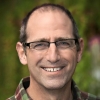 Mike Mercer is the Executive Director of the
Mike Mercer is the Executive Director of the 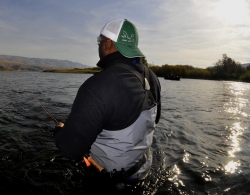 Richard Louv’s bestselling book
Richard Louv’s bestselling book 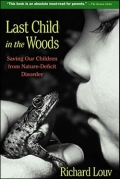
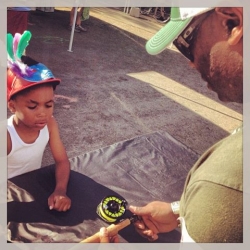 Older African American generations have passed down intense accounts of slaves on the run, and terrifying stories of lynching, adding a dimension of dread and fear to the solitude of the woods, rather than wonder, excitement, and exploration. And for inner-city children, the privilege of experiencing nature is further impeded by inaccessibility, surviving the hustle of the streets, and parents working harder than ever with multiple shifts for dwindling paychecks. When time and cost become impediments, the outdoors unfortunately becomes a luxury.
Older African American generations have passed down intense accounts of slaves on the run, and terrifying stories of lynching, adding a dimension of dread and fear to the solitude of the woods, rather than wonder, excitement, and exploration. And for inner-city children, the privilege of experiencing nature is further impeded by inaccessibility, surviving the hustle of the streets, and parents working harder than ever with multiple shifts for dwindling paychecks. When time and cost become impediments, the outdoors unfortunately becomes a luxury.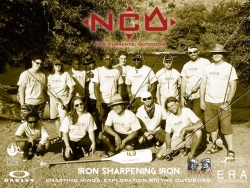 I believe the magical, life-altering experiences offered by the outdoors can be a game-changer for inner-city children of color. Through the New Currents, Outdoors program, my goal is not just to establish a series adventurous expeditions that offer escape from the pressures of the city. I hope to make a lasting difference in the life of youth by connecting them with talented mentors and volunteers – an older generation who can teach life skills and inspire as role models for years to come.
I believe the magical, life-altering experiences offered by the outdoors can be a game-changer for inner-city children of color. Through the New Currents, Outdoors program, my goal is not just to establish a series adventurous expeditions that offer escape from the pressures of the city. I hope to make a lasting difference in the life of youth by connecting them with talented mentors and volunteers – an older generation who can teach life skills and inspire as role models for years to come.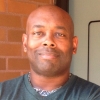 Chad Brown is the CEO/Creative Director of
Chad Brown is the CEO/Creative Director of  It’s happening in our urban and rural forests, in and around our buildings and streets, on our farmland, and in the
It’s happening in our urban and rural forests, in and around our buildings and streets, on our farmland, and in the  With each passing year, scientists such as
With each passing year, scientists such as 

 In Portland, Linda Dobson and others at the City of Portland’s
In Portland, Linda Dobson and others at the City of Portland’s  In Tualatin,
In Tualatin,  The challenge we face is bringing biocarbon to scale in the Northwest. If we are to counter runaway climate change, we’ll need to see these principles, practices, and positive solutions instilled in natural resources agencies, design-build and architecture firms, and planning offices at various level of government. Maybe you’re the next step? Please
The challenge we face is bringing biocarbon to scale in the Northwest. If we are to counter runaway climate change, we’ll need to see these principles, practices, and positive solutions instilled in natural resources agencies, design-build and architecture firms, and planning offices at various level of government. Maybe you’re the next step? Please  Eileen V. Quigley is the Director for Strategic Innovation at
Eileen V. Quigley is the Director for Strategic Innovation at 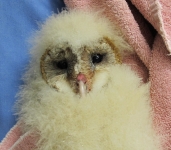
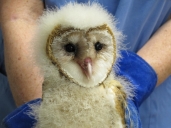 Last spring, I walked into the exam room of the
Last spring, I walked into the exam room of the 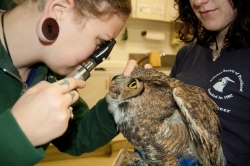 This is a large enough caseload that Audubon can identify problems affecting urban wildlife populations in addition to treating individual animals. My main takeaway from watching these trends unfold in the care center? You need more than good intentions and gut-level reactions to successfully coexist with wildlife in urban settings.
This is a large enough caseload that Audubon can identify problems affecting urban wildlife populations in addition to treating individual animals. My main takeaway from watching these trends unfold in the care center? You need more than good intentions and gut-level reactions to successfully coexist with wildlife in urban settings.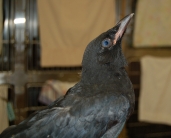 A
A 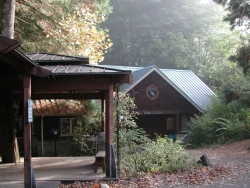 To help local residents navigate the nuances of human-wildlife interactions, Portland Audubon provides an “
To help local residents navigate the nuances of human-wildlife interactions, Portland Audubon provides an “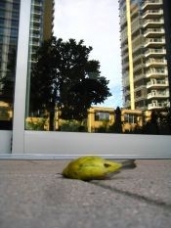 Birds are drawn into Portland’s urban landscape during migration, where they run the risk of striking into windows around almost every corner. Many diurnal birds migrate at night in order to avoid predators, maximize daylight foraging hours, and make use of celestial navigation cues. Bright lights lure these nighttime migrants into cities and confuse them by obscuring their navigational aids, which makes it difficult for the birds to find their way back out of a developed area and its maze of glass.
Birds are drawn into Portland’s urban landscape during migration, where they run the risk of striking into windows around almost every corner. Many diurnal birds migrate at night in order to avoid predators, maximize daylight foraging hours, and make use of celestial navigation cues. Bright lights lure these nighttime migrants into cities and confuse them by obscuring their navigational aids, which makes it difficult for the birds to find their way back out of a developed area and its maze of glass. Tinsley started at
Tinsley started at 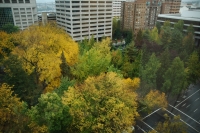 Twenty-five years ago, Jack Churchill, public administration prof at PSU, called to offer some advice. It wasn’t plastics, like Dustin Hoffman's mentor in The Graduate. No, it was CLEAN WATER ACT! Park and wildlife biologists, he yelled, had neither the power nor funding to clean up the Willamette River and bring nature back into the city. I had just taken the position of Urban Naturalist at the Audubon Society of Portland and both of these were my primary goals. “Thanks for sharing,” I said and hung up, wondering what the Clean Water Act had to do with my mission.
Twenty-five years ago, Jack Churchill, public administration prof at PSU, called to offer some advice. It wasn’t plastics, like Dustin Hoffman's mentor in The Graduate. No, it was CLEAN WATER ACT! Park and wildlife biologists, he yelled, had neither the power nor funding to clean up the Willamette River and bring nature back into the city. I had just taken the position of Urban Naturalist at the Audubon Society of Portland and both of these were my primary goals. “Thanks for sharing,” I said and hung up, wondering what the Clean Water Act had to do with my mission.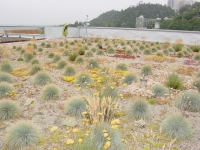 It took me a few years to get it. Sewer and stormwater agencies had immense potential to protect the region’s streams, rivers and watersheds. They had a federal mandate -- the Clean Water Act. Despite the fact that in the early 1980s they focused virtually exclusively on piped, engineered gray infrastructure solutions to water quality problems I realized the potential they held for moving the dial on urban greenspaces by integrating their mandates and mission with those of park providers and fish and wildlife agencies.
It took me a few years to get it. Sewer and stormwater agencies had immense potential to protect the region’s streams, rivers and watersheds. They had a federal mandate -- the Clean Water Act. Despite the fact that in the early 1980s they focused virtually exclusively on piped, engineered gray infrastructure solutions to water quality problems I realized the potential they held for moving the dial on urban greenspaces by integrating their mandates and mission with those of park providers and fish and wildlife agencies.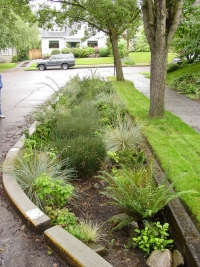 Three decades on, and Portland’s Bureau of Environmental Services (BES) is one of the most progressive, innovative stormwater agencies in the country. Thanks in part to the federal Clean Water Act, and to progressive leadership in the city, BES has broadened its mission. To be honest it took a lot of nudging and cajoling from local nonprofits like mine. But they have embraced green infrastructure and creative approaches to stormwater management.
Three decades on, and Portland’s Bureau of Environmental Services (BES) is one of the most progressive, innovative stormwater agencies in the country. Thanks in part to the federal Clean Water Act, and to progressive leadership in the city, BES has broadened its mission. To be honest it took a lot of nudging and cajoling from local nonprofits like mine. But they have embraced green infrastructure and creative approaches to stormwater management.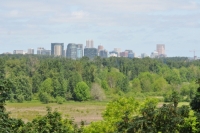 Unfortunately, no good deed goes unpunished. Some of our worst polluters and opponents of the city’s environmental programs have launched an initiative that would gut these programs and wrest control of BES from the city. Who would control their special “water utility"? The very same people who have polluted our waterways. BES is where we need it now: an important part of Portland’s collective efforts to protect nature in the city. The agency is accountable to us, not an obscure board, outside city control. Don’t Sign That Petition! It’s bad for the environment. It’s bad for public involvement. It’s bad for our water.
Unfortunately, no good deed goes unpunished. Some of our worst polluters and opponents of the city’s environmental programs have launched an initiative that would gut these programs and wrest control of BES from the city. Who would control their special “water utility"? The very same people who have polluted our waterways. BES is where we need it now: an important part of Portland’s collective efforts to protect nature in the city. The agency is accountable to us, not an obscure board, outside city control. Don’t Sign That Petition! It’s bad for the environment. It’s bad for public involvement. It’s bad for our water.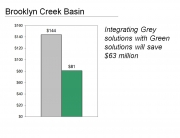 For more information, and to get involved in opposing this
For more information, and to get involved in opposing this  Mike Houck directs the
Mike Houck directs the 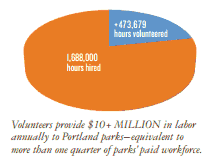 Of all the ways to measure “park love,” volunteering stats are among the most convincing. In the City of Portland, volunteers donate 500,000 hours each year — equal to 20 percent of
Of all the ways to measure “park love,” volunteering stats are among the most convincing. In the City of Portland, volunteers donate 500,000 hours each year — equal to 20 percent of 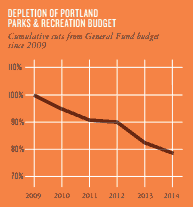 Yet despite this citizen commitment, our parks remain deeply vulnerable. Plagued by
Yet despite this citizen commitment, our parks remain deeply vulnerable. Plagued by 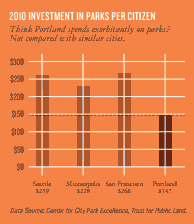 It’s time to set the record straight: gold medals don’t mean gold-plated. Even three years ago, Portland spent far less on parks per capita than cities like San Francisco, Seattle, and Minneapolis. Here are a few other park points to ponder:
It’s time to set the record straight: gold medals don’t mean gold-plated. Even three years ago, Portland spent far less on parks per capita than cities like San Francisco, Seattle, and Minneapolis. Here are a few other park points to ponder: Here at PPF, its clear to us that while Portlanders love their parks, we’re also inviting heartbreak by taking them for granted. And that’s why we dreamed up
Here at PPF, its clear to us that while Portlanders love their parks, we’re also inviting heartbreak by taking them for granted. And that’s why we dreamed up 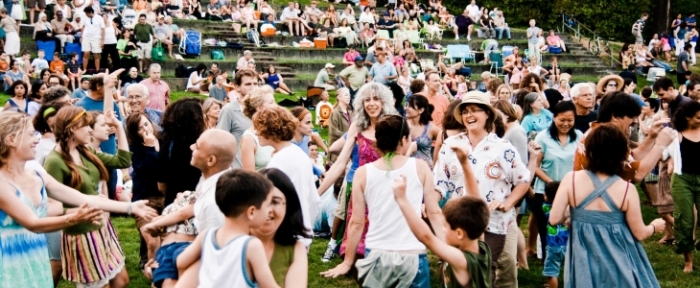
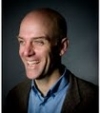 Nick Hardigg's 15 years of experience promoting parks and natural lands includes work for
Nick Hardigg's 15 years of experience promoting parks and natural lands includes work for 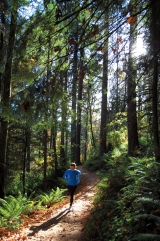
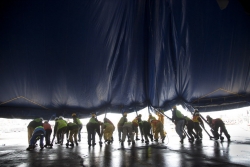 On June 12, here at Intertwine HQ, we launched a new tradition: the Wednesday publication of this blog,
On June 12, here at Intertwine HQ, we launched a new tradition: the Wednesday publication of this blog,  As The Intertwine’s cultural tribe grows, our big tent will accommodate your many voices. In the past year alone, we've added multiple new Intertwine community platforms, from 2013’s
As The Intertwine’s cultural tribe grows, our big tent will accommodate your many voices. In the past year alone, we've added multiple new Intertwine community platforms, from 2013’s 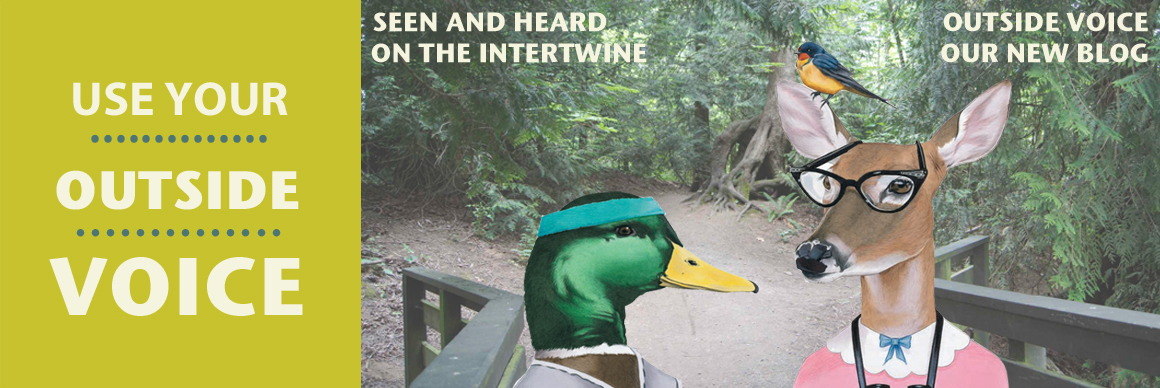
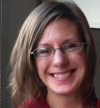 Through new storytelling outlets like
Through new storytelling outlets like 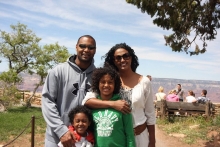

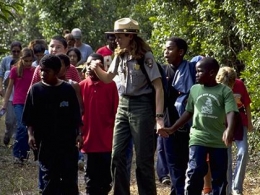

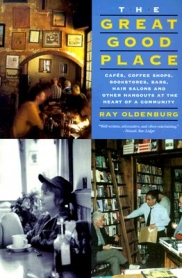
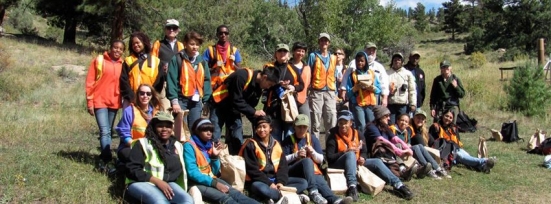
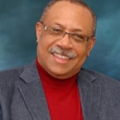 Mickey Fearn has been in the parks, recreation and conservation profession for over 45 years. Prior to serving as the
Mickey Fearn has been in the parks, recreation and conservation profession for over 45 years. Prior to serving as the